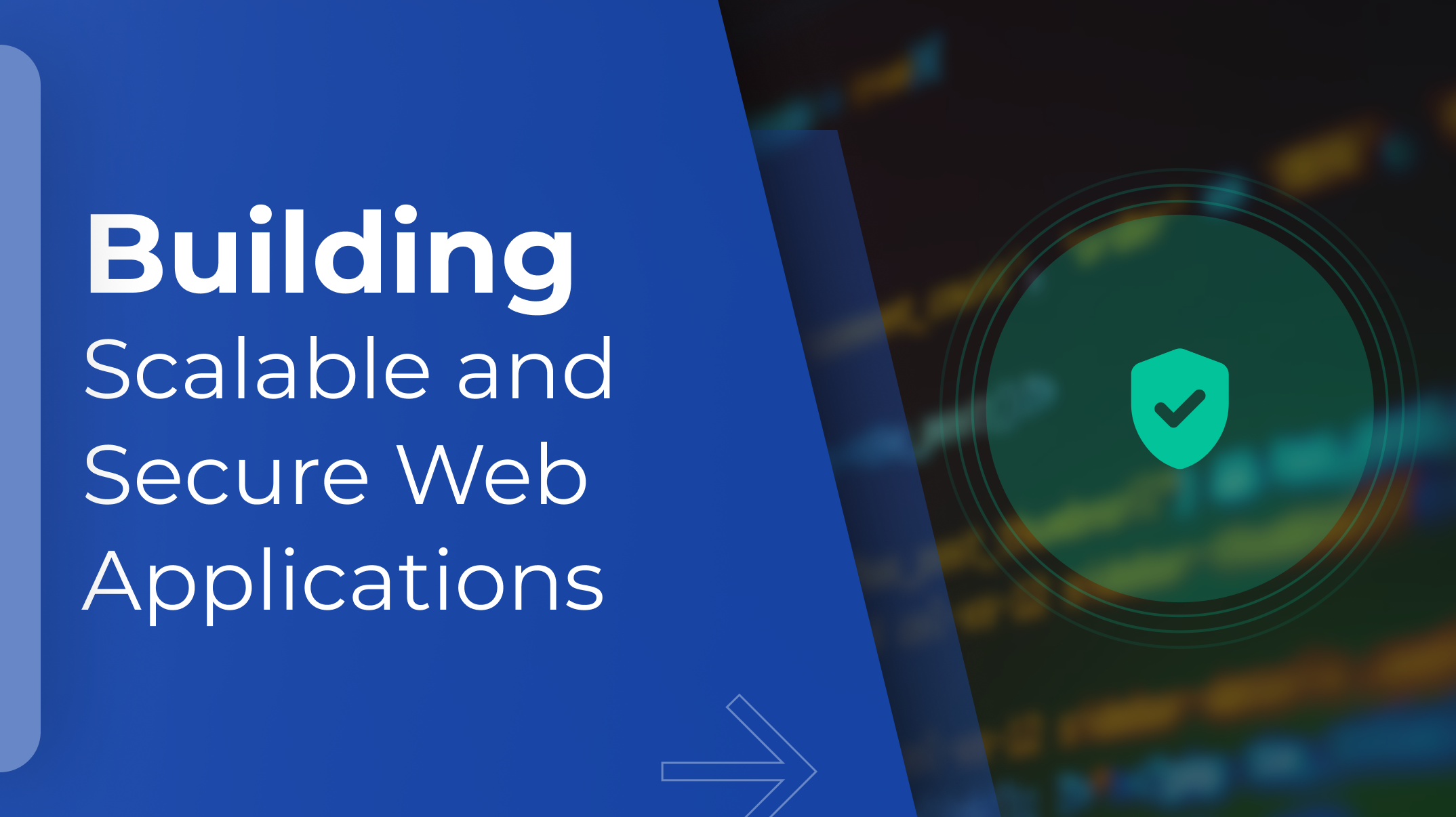In today’s digital era, web applications are becoming increasingly complex and crucial for businesses across various industries. However, with the rising number of cyber threats and the need for seamless scalability, it is imperative to build web applications that are both secure and scalable. In this blog, we will explore the best practices and techniques for developing scalable and secure web applications.
Adopt a Secure Development Lifecycle
Implementing a secure development lifecycle (SDL) is the foundation for building secure web applications. This involves integrating security practices throughout the software development process, from requirements gathering to deployment and maintenance. By incorporating security from the early stages, potential vulnerabilities can be identified and mitigated early on, reducing the risk of security breaches.
Secure Authentication and Authorization
Authentication and authorization mechanisms are vital components of web application security. Implementing strong authentication methods such as multi-factor authentication (MFA) and using secure protocols like HTTPS ensures that user credentials are protected during transmission. Additionally, implementing robust authorization mechanisms based on the principle of least privilege ensures that users can access only the resources they are authorized to use.
Input Validation and Sanitization
Web applications are vulnerable to various types of attacks, such as cross-site scripting (XSS) and SQL injection. To prevent these attacks, input validation and sanitization must be applied rigorously. Validate and sanitize all user inputs, both on the client side and server side, to prevent malicious code injection. Utilize libraries and frameworks that offer built-in security features for input validation.
Use Parameterized Queries and Prepared Statements
When interacting with databases, it is essential to utilize parameterized queries and prepared statements rather than concatenating user input directly into SQL statements. Parameterized queries ensure that user input is treated as data, preventing SQL injection attacks. Prepared statements optimize query execution and offer an additional layer of security by separating SQL code from user input.
Implement Role-Based Access Control (RBAC)
RBAC is an effective technique for managing user access to different features and functionalities within a web application. By assigning specific roles to users and defining the permissions associated with each role, you can enforce fine-grained access control. RBAC minimizes the risk of unauthorized access and aids in maintaining data confidentiality.
Secure Session Management
Web applications rely on session management to track user interactions. Implement secure session management techniques, such as using unique session identifiers, setting session expiration times, and securely transmitting session data between the server and client. Invalidate and destroy sessions after logout or a predetermined period of inactivity to minimize the risk of session hijacking.
Apply Defense-in-Depth
Adopt a defense-in-depth approach to enhance web application security. This involves implementing multiple layers of security controls, such as firewalls, intrusion detection systems, and web application firewalls (WAFs). Each layer adds an additional barrier of protection, reducing the likelihood of successful attacks.
Design for Scalability
Building scalable web applications is crucial to accommodate increasing user demands and growth. Employ technologies such as load balancers, horizontal scaling, and caching mechanisms to distribute the workload efficiently and handle high traffic volumes. Consider implementing a microservices architecture to enable independent scalability of different components.
Perform Regular Security Audits and Penetration Testing
Regular security audits and penetration testing are essential to identify vulnerabilities and weaknesses in your web application. Engage professional security testers who can simulate real-world attack scenarios to identify any potential security loopholes. Periodic assessments help you stay proactive and address any vulnerabilities before they are exploited.
Keep Up with Security Updates
Stay updated with security patches and updates for all the software and libraries used in your web application stack. Frequently check for security advisories and apply patches promptly to ensure that your application is protected





